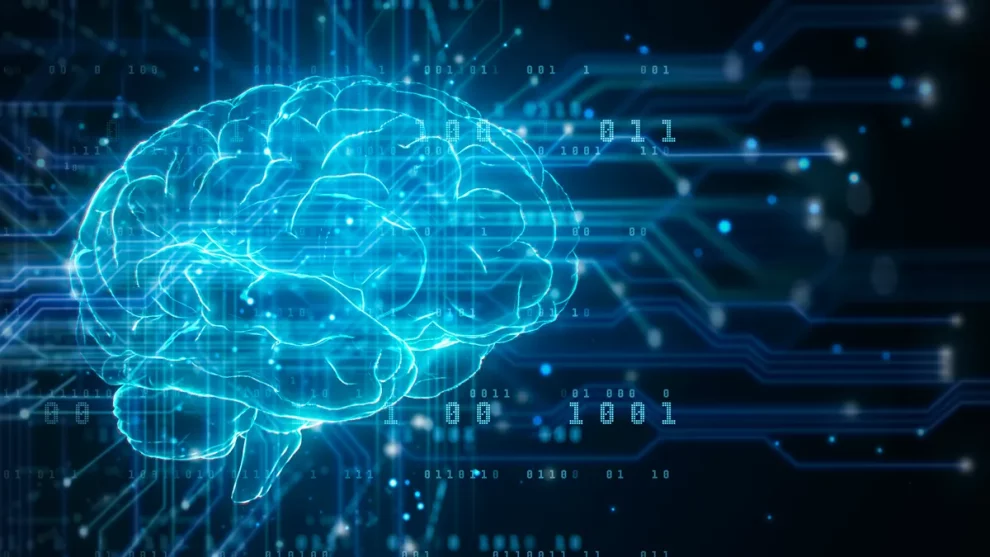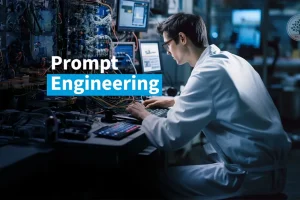The quest for artificial intelligence (AI) that mirrors the human mind has captivated scientists and philosophers for decades. While traditional AI excels at specific tasks, achieving the elusive “general intelligence” of a human brain remains a distant dream. However, recent advancements in bio-inspired and neuromorphic computing are offering tantalizing glimpses of a future where machines might finally think like us.
Delving into Nature’s Code:
Bio-inspired computing takes inspiration from biological systems, particularly the intricate neural networks of the brain. By mimicking the structure and function of these networks, scientists aim to create AI systems that learn and adapt in a similar way. This includes techniques like:
- Artificial neural networks (ANNs): Inspired by the brain’s neurons and synapses, ANNs are interconnected nodes that process information and learn through adjustments to their connections. Recent advances in deep learning, a specialized type of ANN, have achieved remarkable feats in areas like image recognition and natural language processing.
- Spiking neural networks (SNNs): These models go a step further by mimicking the spiking electrical signals used by neurons, offering a more biologically accurate representation of neural activity. SNNs hold promise for low-power computing and dynamic, real-time learning.
- Evolutionary algorithms: Inspired by natural selection, these algorithms use “survival of the fittest” principles to optimize solutions to complex problems. They can be particularly effective in domains where rules are unclear or data is scarce.
Building Brains on Chips:
Neuromorphic computing takes bio-inspiration a step further by physically embodying brain-like structures in hardware. These specialized chips, called neuromorphic chips, are designed to process information in a way that is directly analogous to the brain. This offers several advantages:
- Higher efficiency: Neuromorphic chips can potentially achieve much higher energy efficiency than traditional computers, as they only activate the “neurons” involved in the current task, similar to the brain.
- Parallel processing: The massively parallel architecture of the brain is mimicked in neuromorphic chips, enabling them to handle complex tasks that are computationally expensive for traditional computers.
- Real-time learning: Like the brain, neuromorphic chips can potentially learn and adapt on the fly, making them suitable for applications requiring real-time decision-making.
Bridging the Gap:
While significant progress has been made, bio-inspired and neuromorphic computing still face challenges:
- Scalability: Scaling these models to match the brain’s complexity remains a hurdle. Current systems are still orders of magnitude smaller than the human brain.
- Understanding the brain: Despite advances in neuroscience, our understanding of the brain’s inner workings is incomplete. This hinders efforts to fully translate its principles into AI models.
- Ethical considerations: As AI approaches human-level capabilities, ethical concerns regarding sentience, bias, and control become increasingly important.
The Road Ahead:
Despite the challenges, the potential of bio-inspired and neuromorphic computing is undeniable. These approaches offer a path towards AI that is not only powerful but also efficient, adaptable, and perhaps even more human-like in its thinking. While achieving true human-level AI may still be far off, the exciting advancements in this field promise to transform various aspects of our lives, from healthcare and robotics to transportation and artificial creativity.
[Insert links to related content, keywords, etc. to optimize SEO]












Add Comment